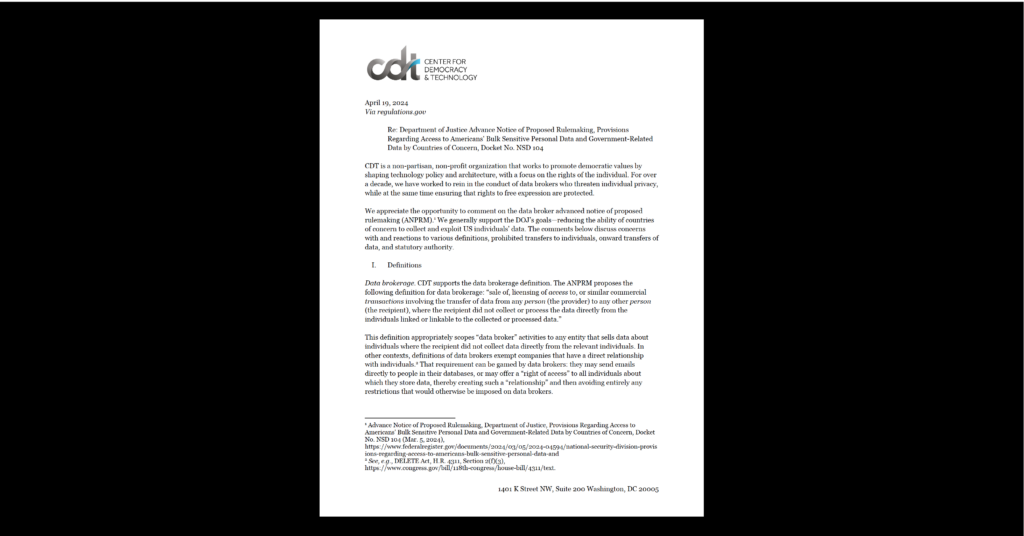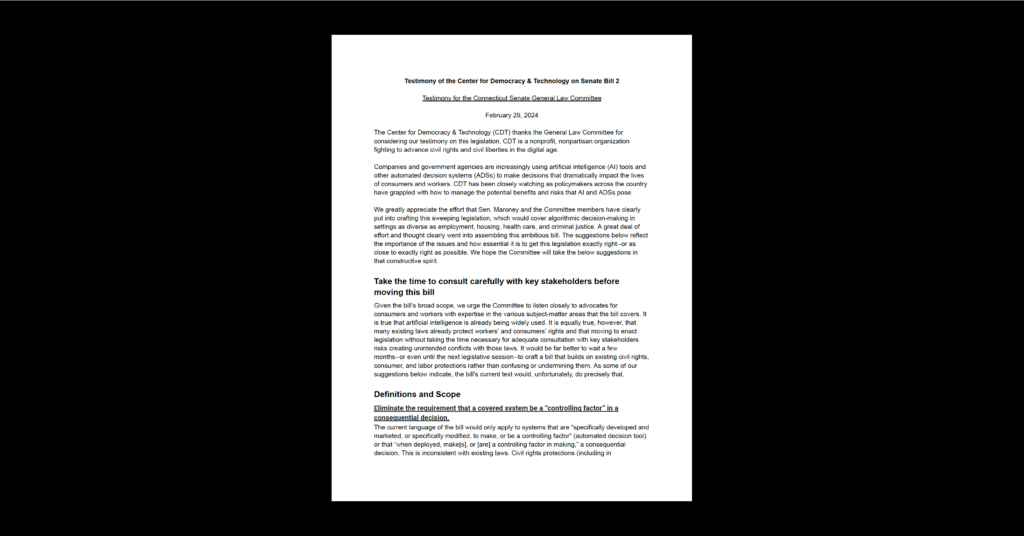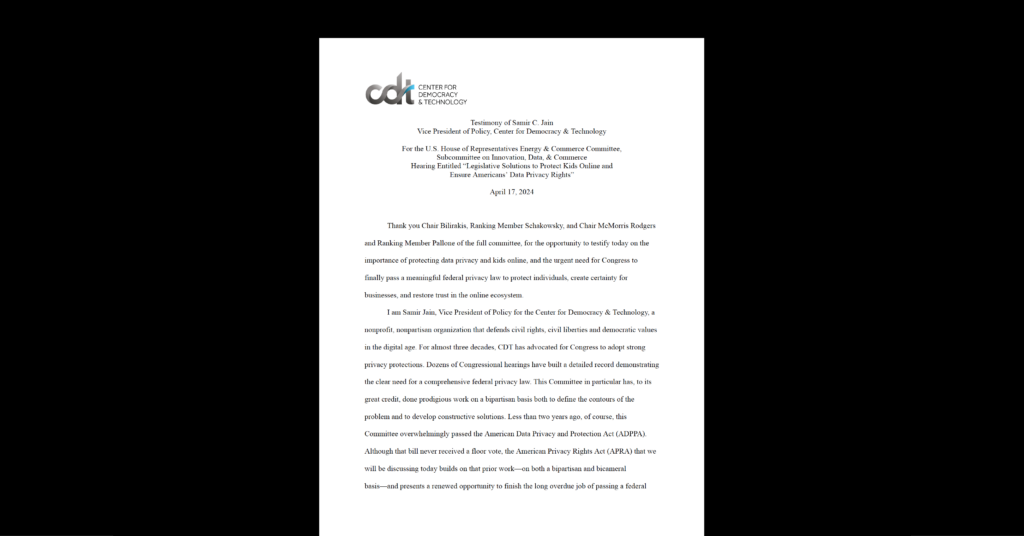Equity in Civic Technology, Privacy & Data
Making Government Data Publicly Available: Guidance for Agencies on Releasing Data Responsibly
Government agencies rely on a wide range of data to effectively deliver services to the populations with which they engage. Civic-minded advocates frequently argue that the public benefits of this data can be better harnessed by making it available for public access. Recent years, however, have also seen growing recognition that the public release of government data can carry certain risks. Government agencies hoping to release data publicly should consider those potential risks in deciding which data to make publicly available and how to go about releasing it.
This guidance offers an introduction to making data publicly available while addressing privacy and ethical data use issues. It is intended for administrators at government agencies that deliver services to individuals — especially those at the state and local levels — who are interested in publicly releasing government data. This guidance focuses on challenges that may arise when releasing aggregated data derived from sensitive information, particularly individual-level data.
The report begins by highlighting key benefits and risks of making government data publicly available. Benefits include empowering members of the general public, supporting research on program efficacy, supporting the work of organizations providing adjacent services, reducing agencies’ administrative burden, and holding government agencies accountable. Potential risks include breaches of individual privacy; irresponsible uses of the data by third parties; and the possibility that the data is not used at all, resulting in wasted resources.
In light of these benefits and risks, the report presents four recommended actions for publishing government data responsibly:
- Establish data governance processes and roles;
- Engage external communities;
- Ensure responsible use and privacy protection; and
- Evaluate resource constraints.
These key considerations also take into account federal and state laws as well as emerging computational and analytical techniques for protecting privacy when releasing data, such as differential privacy techniques and synthetic data. Each of these techniques involves unique benefits and trade-offs to be considered in context of the goals of a given data release.


